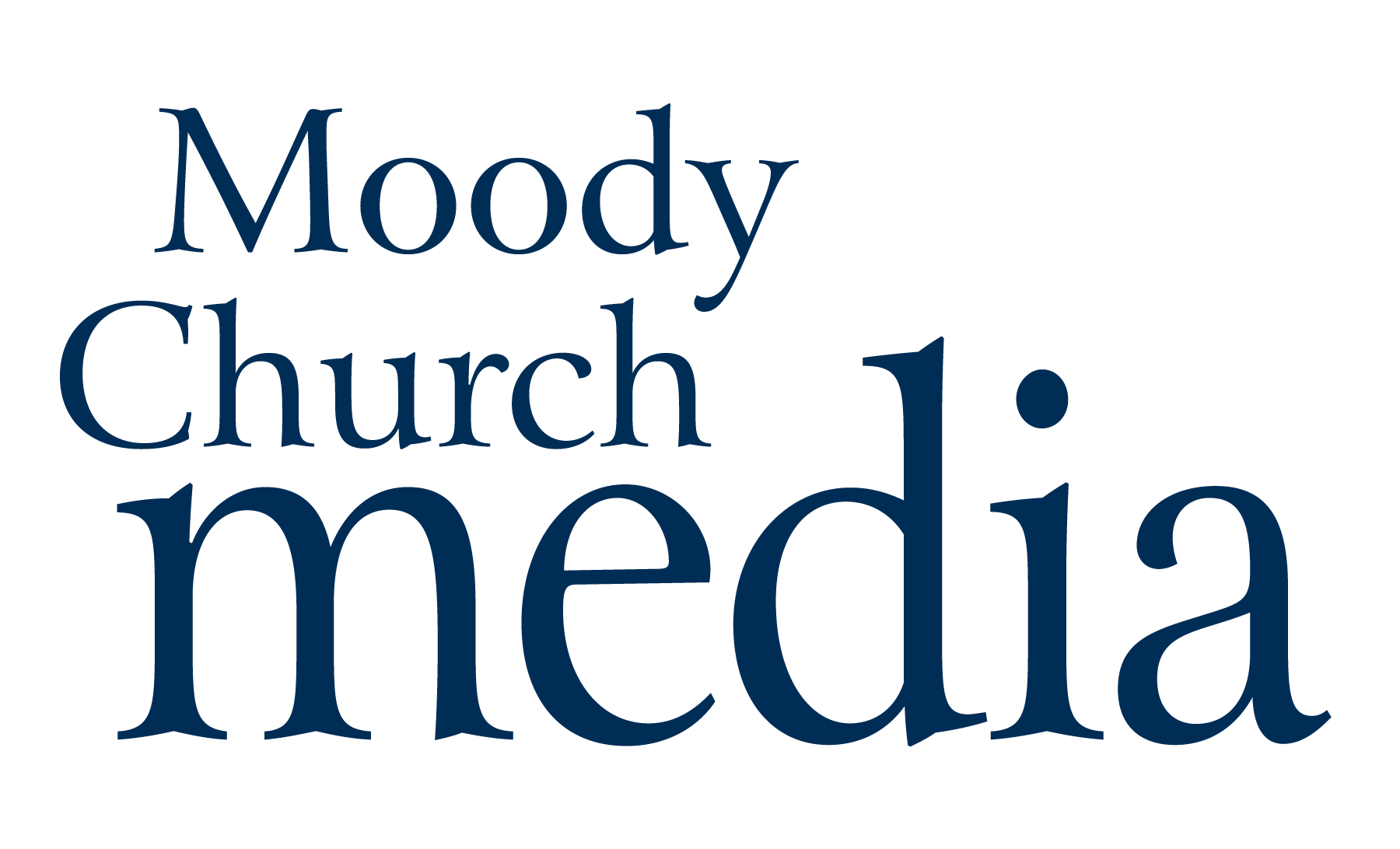The Acoustics Of The Moody Church
By | Originally published May 1, 1925

The Moody Church News, May 1925, Volume 10, Number 5
By: Prof. F.R. Watson of the University of Illinois
The acoustics of churches is much of a mystery to most people. Sound is supposed to act in a curious way that no one can predict. If good acoustics are obtained in an auditorium, it is considered to be a matter of good luck. If a room is faulty, an immediate suggestion is made that wires or a sounding board be installed to correct the difficulty. These areas are almost entirely wrong, because sound proceeds in a very orderly fashion and the acoustics of a room can be prescribed with certainty and acoustic faults may be corrected according to scientific laws.
The acoustical properties of The Moody Church have been studied with the cooperation of the architects, Messrs. Fugard and Knapp. There are two main considerations to be considered in securing the best effects. First of all, there should be enough sound absorbing materials in the room to reduce the reverberation to the proper amount. If this is not done, the words of a speaker will persist too long before dying out so that the sounds of succeeding words will overlap. This will produce a confusion for auditors because they cannot clearly distinguish the separate words. It would be much the same as if several people talked at once; it would be difficult to understand any one speaker.
The correct amount of absorbing material needed to give satisfactory effect is obtained from a formula based upon the acoustic features of successful auditoriums already built. By compiling such results, the writer has developed a curve that indicates the amount of material needed for the particular auditorium.
Materials that absorb sound efficiently are carpets, heavy curtains, upholstered seats and furniture; also commercial materials of like nature that are applied to the walls and ceiling. An audience is a good absorber of sound because of the clothing worn. This factor varies somewhat between winter and summer; it also depends on the fashions. Poor absorbers of sound are found in concrete, plaster, glass and wood. Since modern auditoriums are lined with these inefficient acoustic materials, it is small wonder that many auditoriums are faulty. The acoustic control of an auditorium thus depends on the introduction of the proper amount of absorbent—carpets, seats, etc., together with the audience. Since the latter factor is variable, it is safer to prescribe the effects independently of the audience; although the ideal is sought for an average audience.
Another acoustic factor to be guarded against is the echo, by which an auditor hears a sound twice, first, directly from the speaker and then an instant later by reflection from a wall or ceiling, particularly curved surfaces that tend to concentrate the effect.
The avoidance of this difficulty is brought about by making walls quite plain. The Moody Church has a number of curved walls and these are being studied to avoid acoustic defects. For instance, the curvature of the ceilings has already been redesigned to secure a better effect. The lunettes in which the windows are set present another feature that needs attention. When it is not desirable to change the curvature of a wall, a considerable amount of sound absorbent is applied to the surface to reduce the reflected sound.
Another feature that requires consideration is the loudness. The energy of the speaker’s voice is limited so that in a large hall he has difficulty in making auditors hear. The installation of sound absorbing materials increases this trouble. Fortunately, a speaker can amplify his voice by means of electric loud speaking devices so that he can be heard in a hall of any size. Organ music and choral work usually have enough energy to fill a hall, but chamber music, because of its small intensity, should be given in a small room.
In The Moody Church, the organ and chorus should sound well. A speaker, also, will be heard comfortably. The Moody Church is about as large as the Eastman Theater in Rochester, New York, and in this latter auditorium, speakers are heard with satisfaction.
There are other acoustic features that sometimes arise in the study of auditoriums, but the foregoing considerations are the ones that affect The Moody Church. By studying these problems with architects in the design stage of the building, it is possible to avoid and reduce acoustic troubles that would be difficult to adjust after a building is completed.
 Sign In
Sign In
 Store
Store
